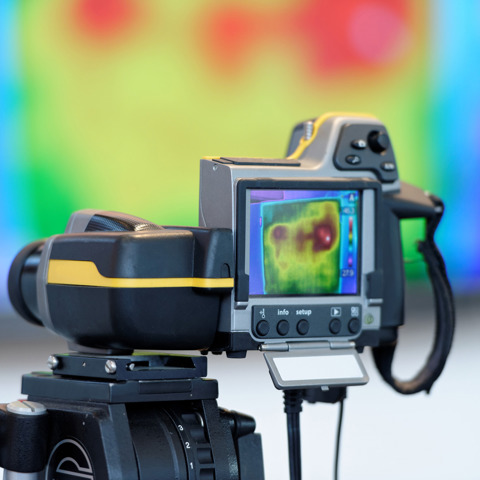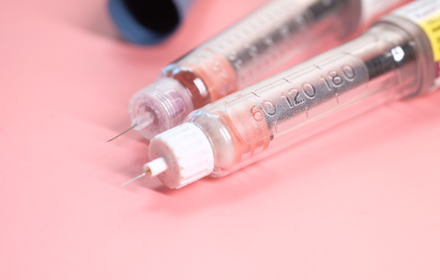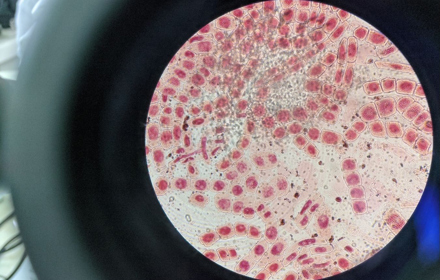
Thermal imaging for foot ulcers could revolutionise healthcare
New technology could make healthcare more predictive and preventative.
Thermal imaging technology that is powered by artificial intelligence (AI) could help the NHS prevent diabetes-related foot ulcers and reduce the risk of amputations.
Experts working in this area envisage that “healthcare in the UK stands on the brink of a transformative era” as the prospects of the latest technology are assessed.
In diabetes-related footcare there are significant advances in healthcare with the introduction of advanced thermal imaging applications.
Yuval Yashiv, CEO of National Physical Laboratory (NPL) associated organisation Thermology Health, said: “The new government’s vision is to use technology to make healthcare more predictive and preventative, and also more accessible. Thermal imaging has an essential part to play in realising this vision.”
In the context of diabetes-related foot care, emerging AI-driven remote patient monitoring applications can use high-frequency temperature readings to predict and prevent diabetes-related foot ulcers, which are a leading cause of amputations.
These technologies allow for early detection of temperature rises in the feet, which is a well-established predictor of diabetes-related foot ulcers.
Mr Yashiv said: “By providing up to several weeks of early warning before symptoms appear, thermal imaging-based applications enable timely interventions that can prevent ulcers from developing. This proactive approach aligns perfectly with the new government's objective to not only treat but to prevent illness, thereby reducing the burden on the NHS.
“Thermal imaging applications also support home-based monitoring and empowers patients by giving them the means to manage their own health proactively. This capability addresses the government's stated aim to make healthcare as ‘accessible and immediate as ordering a takeaway’. By integrating with electronic medical records and providing clinicians with real-time data, these applications ensure that patients receive prompt, effective care.”
It is hoped that the technology could reduce health inequalities, where economically deprived populations can experience higher rates of amputations – estimated to be almost double.
Mr Yashiv said: “Thermal imaging will help to deliver precise, cost-effective, and accessible care that can bridge this gap, providing high-risk patients, regardless of socioeconomic status, with the same level of preventative care.
“The economic implications of emerging thermal imaging applications for the NHS are profound. Diabetes-related foot ulcers currently cost the NHS approx. £1.5 billion annually - that’s almost one percent of the entire NHS budget.
“AI-enabled thermal imaging applications and platforms can be rolled out at scale to ensure that the NHS meets this essential need, now and in the future, without compromising on quality or accessibility.”
He added: “Integrating thermal imaging into the NHS represents a significant step forward in the government’s goal of harnessing the power of life sciences and technology to revolutionise healthcare. With its potential for substantial cost savings, improved patient outcomes, and alignment with the government's preventative health strategies, these technologies are well-positioned to play a role in the NHS’s future. Thermal imaging also has potential roles in alleviating the burden of not only diabetes-related foot ulcers but also pressure ulcers and in wound care.
“The government’s ambitious healthcare objectives and its commitment to embracing new technologies are a unique opportunity to embrace thermal imaging capabilities. In this way, it can ensure that the NHS remains at the forefront of healthcare innovation and delivers world-class care to every citizen.”
Read the DRWF diabetes information leaflet Foot health and diabetes
I would like to make a regular donation of
I would like to make a single donation of
There are lots of ways to raise money to support
people living with all forms of diabetes.
Bake, Swim, Cycle, Fly ... Do It For DRWF!
Fundraise with us
Recent News


